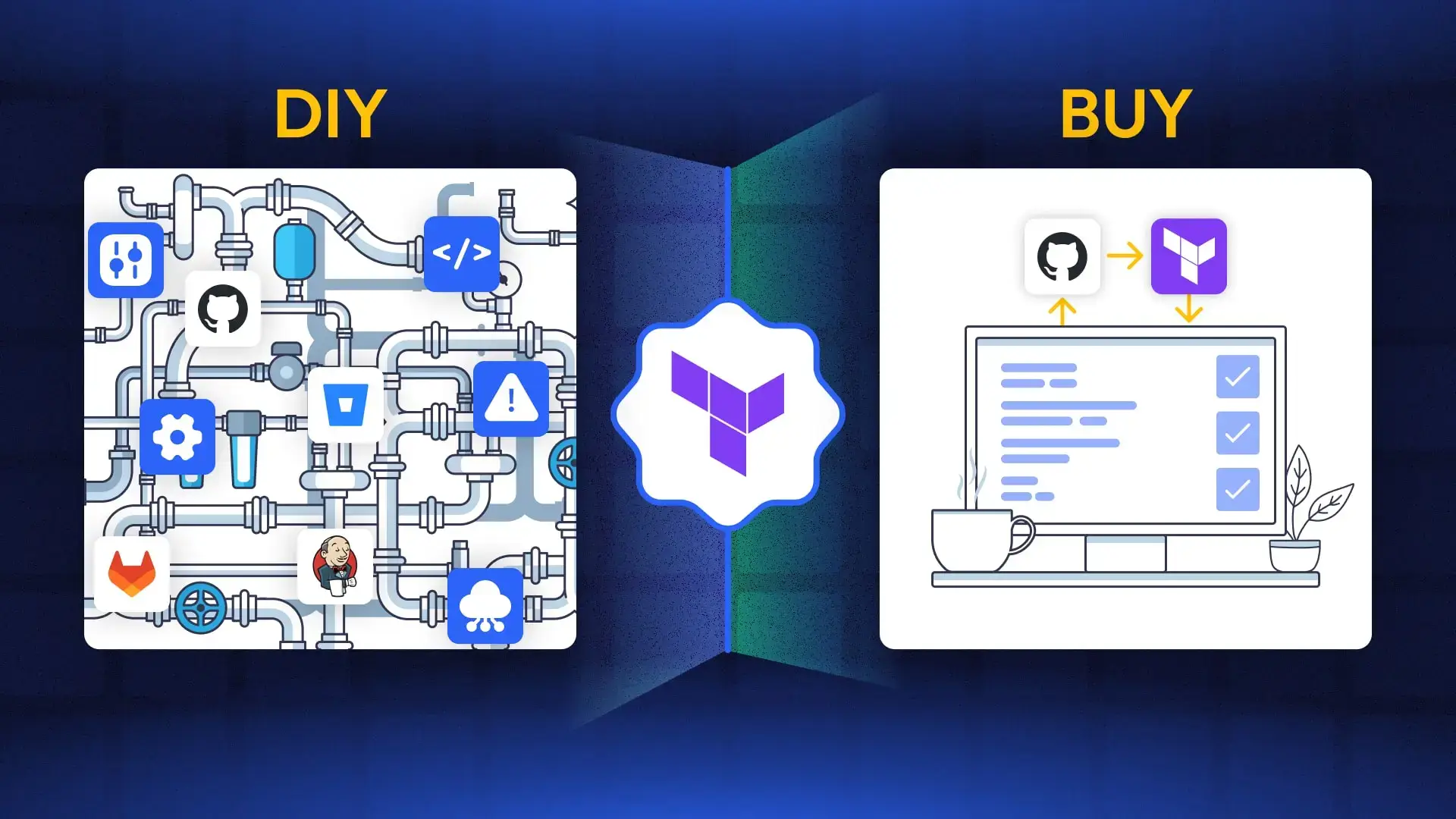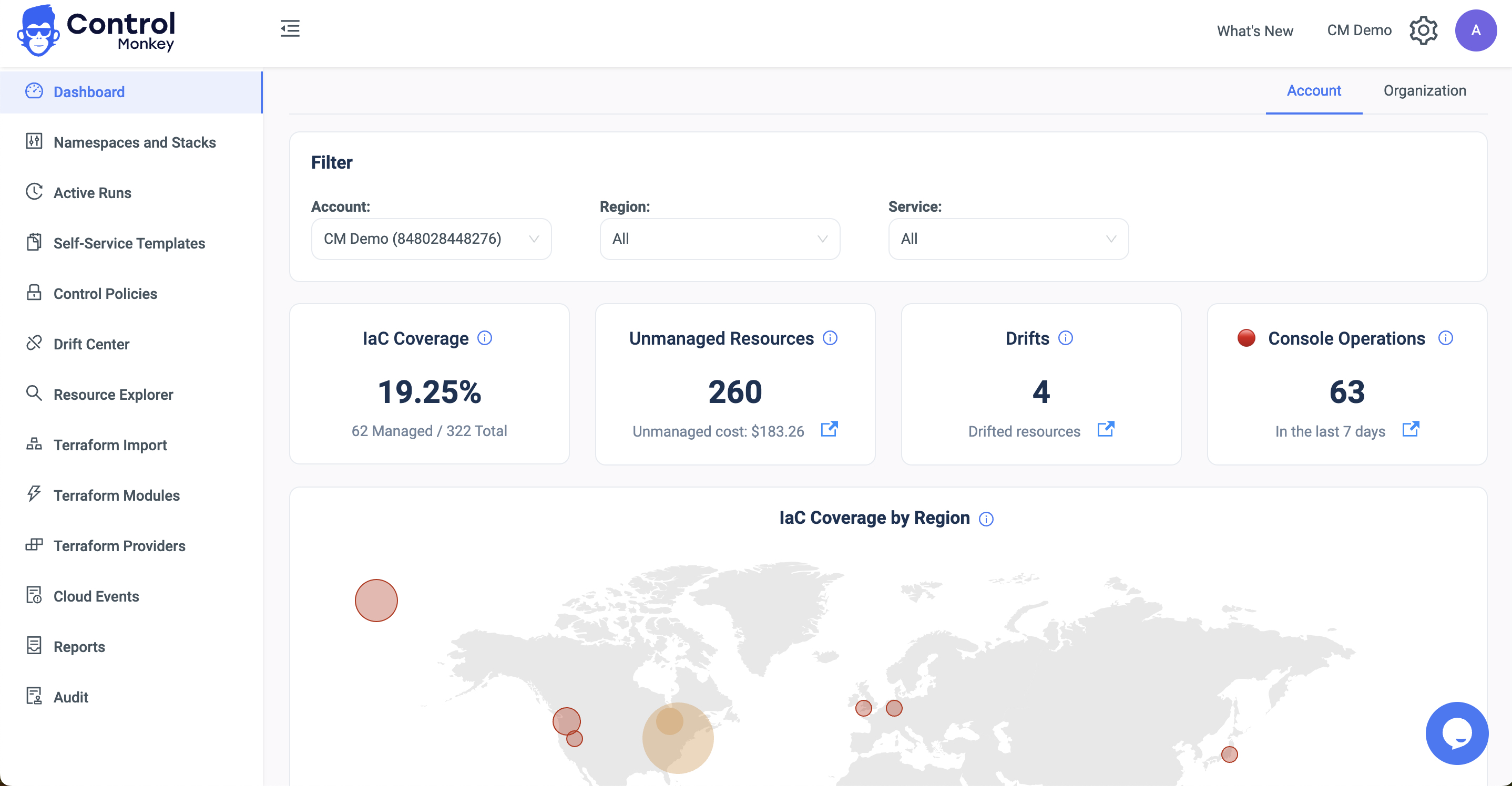Imagine stepping into a data centre, surrounded by racks of humming servers. In one corner, a frazzled system administrator frantically types commands, trying to replicate a configuration across dozens of machines. In another, a team huddles around a whiteboard, attempting to diagram their increasingly complex network topology. This scene, once commonplace, is rapidly becoming a relic of the past.
Enter Infrastructure as Code (IaC), a paradigm shift that promised to bring order to the chaos of infrastructure management. By treating infrastructure configurations as software code, IaC offered a way to make infrastructure provisioning repeatable, scalable, and far less error-prone. But as with any new approach, the landscape continues to evolve. New solutions emerge, each claiming to be the next big thing in infrastructure management. Sleek interfaces, real-time collaboration tools, and AI-driven configurations beckon. Some even boldly proclaim themselves “post-IaC,” suggesting that the era of defining infrastructure through code is coming to an end.
Amidst this flurry of innovation, it’s easy to lose sight of a critical component that has quietly underpinned much of IaC’s success: version control. To understand the true value of version control in infrastructure management, we need to take a journey through the evolution of software development practices. It’s a story of chaos and order, of isolation and collaboration, and of how a simple idea transformed an industry.
A Walk Down Memory Lane: The Pre-Version Control Era
Picture a software development team in the 1980s. Their office is a maze of cubicles, each desk piled high with floppy disks and printouts. Developers work in isolation, saving multiple versions of their code with increasingly cryptic names: “project_v2_final_FINAL_2.zip”. Collaboration means emailing files back and forth or huddling around a shared network drive, hoping nobody overwrites someone else’s work. In this chaotic environment, tracking changes is a Herculean task. Who made that critical update last week? Why was this feature removed? Rolling back to a previous version means sifting through countless backups, praying the right version still exists. Trying out new features without breaking the main codebase? That’s a risky endeavour that keeps developers up at night. This was the reality of software development before version control. It was a world where deploying the correct version of code was a manual, error-prone process that often led to late nights and frayed nerves.
The Version Control Revolution
Enter version control systems. Starting with CVS in the 1980s, evolving to SVN in the early 2000s, and finally to distributed systems like Git, these tools revolutionised software development. But the path to adoption wasn’t smooth.
Developers had to learn new commands and workflows, slowing them down initially. The concept of committing small, frequent changes was a significant mindset shift from the “work until it’s done” mentality. Early systems required dedicated servers and IT support, adding overhead. Some developers resisted, seeing version control as unnecessary bureaucracy. Despite these hurdles, the benefits of version control became increasingly clear. Teams could now collaborate at scale, working on the same codebase simultaneously without conflicts. Every change was tracked, providing a complete history of the codebase and accountability for each modification. Developers could experiment with new features in isolation, then seamlessly merge changes back into the main codebase.
The impact was transformative. Code reviews became systematic, improving overall quality. Release management became more straightforward, with tagging and branching making it easier to manage different versions. Version control became the foundation for automated testing and deployment pipelines, paving the way for modern DevOps practices. As software development practices matured, however, infrastructure management lagged behind. System administrators were still grappling with many of the same challenges that software developers had faced years earlier. Manually configuring servers, storage, and networking equipment led to inconsistencies, human errors, and scaling difficulties.
This is where Infrastructure as Code stepped in, bringing the lessons learned from software development to the world of infrastructure management. By defining infrastructure through code, IaC made it versionable, repeatable, and scalable. And crucially, it allowed infrastructure to benefit from the power of version control. With version control applied to infrastructure, organisations gained the ability to track every change made to their environment over time. Multiple team members could work on infrastructure definitions simultaneously. Branching allowed for testing new configurations without risking production environments. If a change caused issues, teams could quickly revert to a known-good state.
The Siren Song of “Decoupled” Management
Today, we’re seeing the emergence of new approaches to infrastructure management. These solutions often boast attractive features: visual interfaces for infrastructure design, real-time multi-user collaboration tools, automatic configuration derivation, and built-in security checks. Some even claim to be “decoupled” from version control, positioning this as an advantage. At first glance, these tools can seem irresistible. The promise of speed, agility, and productivity without the perceived constraints of version control is enticing. But haven’t we heard this siren song before?
This situation bears a striking resemblance to the rise of shadow IT – the phenomenon where employees bypass official IT systems to use unauthorised tools or services. Shadow IT promised speed and productivity, allowing teams to rapidly deploy solutions without the “burden” of official processes. However, organisations soon realised the massive risks this approach posed: security vulnerabilities, data leaks, compliance violations, and a fragmented IT landscape that became increasingly difficult to manage.
Similarly, abandoning version control for the allure of “decoupled” infrastructure management tools might offer short-term gains, but at what cost? Decoupling from version control might seem liberating, but it can lead to a loss of change history, reduced collaboration in large teams, increased risk due to the inability to easily roll back changes, and difficulties in maintaining a clear audit trail for compliance. Moreover, many of the collaborative features touted by these new tools are often already provided by modern version control systems. Pull requests, issue tracking, inline commenting, and branching strategies all support robust collaboration without sacrificing the core benefits of version control.
The key lesson from the shadow IT era wasn’t that official processes are always right, but that discipline and governance are crucial. Organisations invested significant time and resources to bring shadow IT under control, recognizing that the risks outweigh the perceived benefits. Are we prepared to fight the same battle in infrastructure management?
Final Commit
Infrastructure as Code (IaC) brings numerous strategic advantages to modern IT operations. From increased automation and consistency to improved scalability and disaster recovery, IaC has transformed the way organisations manage their infrastructure. Among these benefits, version control stands out as a cornerstone practice, even if it’s just one piece of the larger IaC puzzle. As we look to the future and evaluate new infrastructure management solutions, it’s crucial to consider how they interact with and enhance the core principles of IaC, including version control. We must ask ourselves: Are these new tools truly augmenting our capabilities, or are they potentially undermining the governance and control that have become integral to modern infrastructure management?
Embracing innovation is essential for progress, but it shouldn’t come at the expense of hard-won best practices. The most effective solutions will likely be those that build upon and enhance the time-tested benefits of IaC, including robust version control, rather than attempting to replace them entirely. In the end, the goal isn’t just to manage infrastructure more efficiently, but to do so in a way that supports the broader objectives of our organisations: reliability, security, compliance, and agility. By recognizing the strategic importance of practices like version control within the IaC paradigm, we can continue to drive innovation while maintaining the discipline and governance necessary for successful, scalable IT operations.














